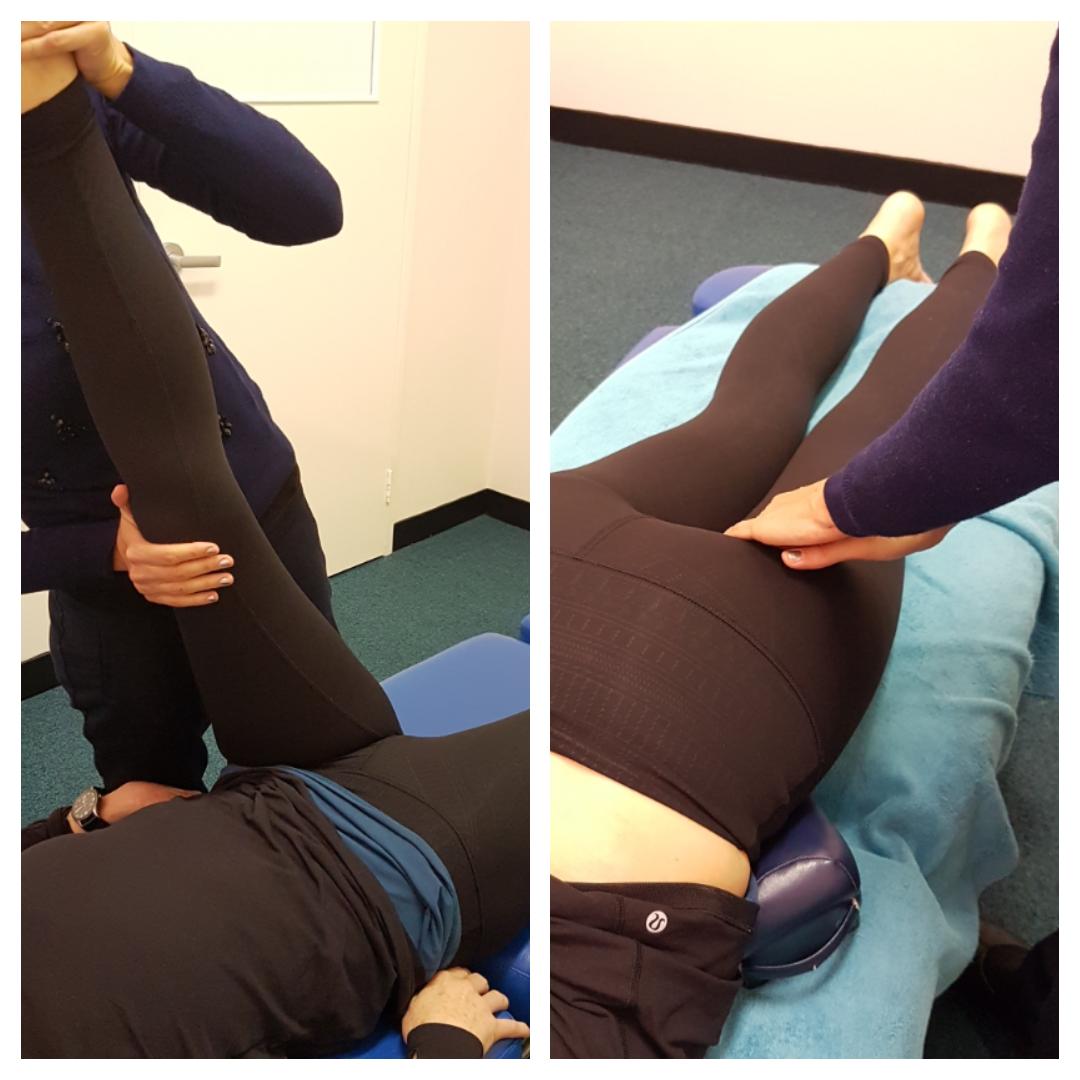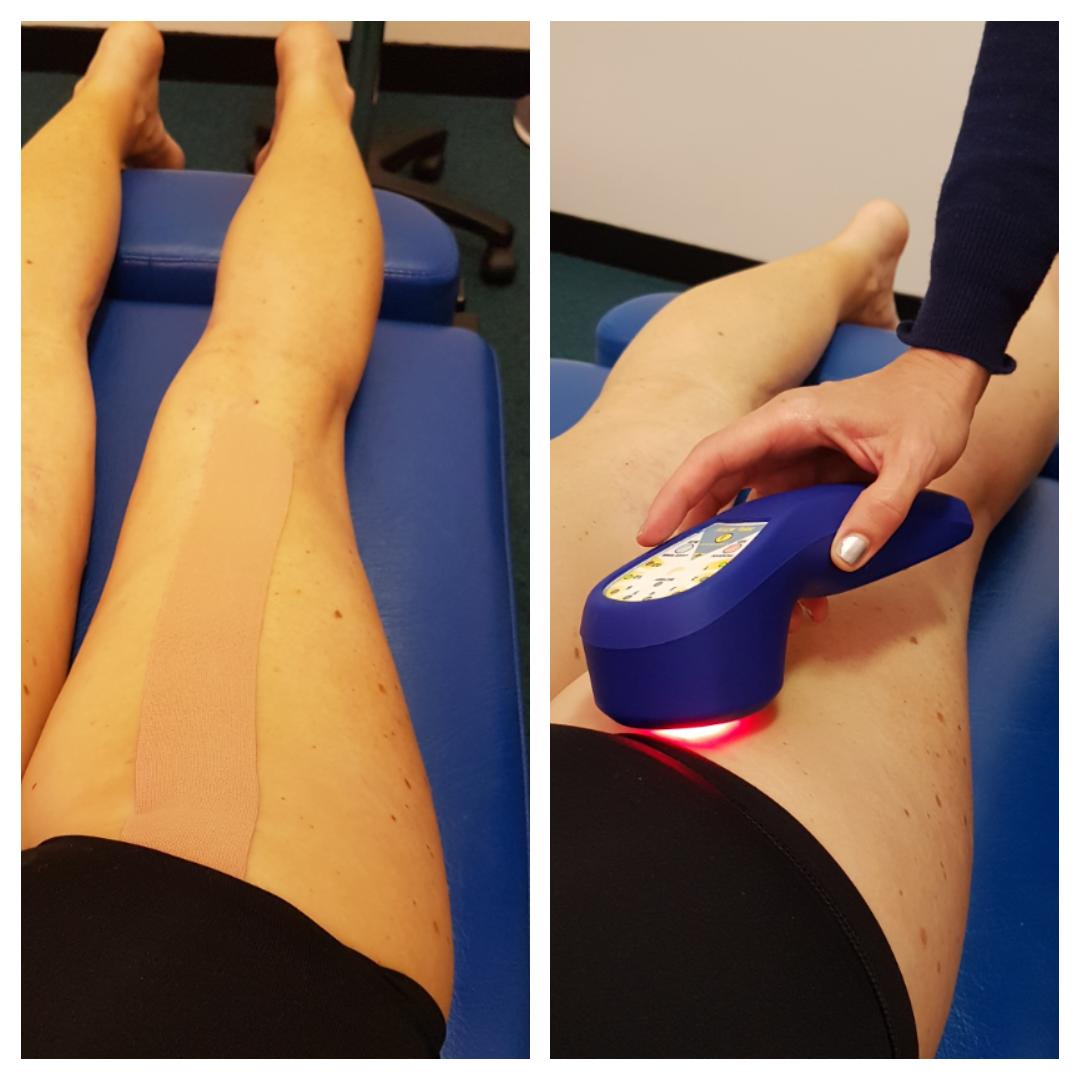
When it comes to hamstring injuries, a proximal hamstring tendinopathy isn’t the first type of injury that comes to mind. More often we associate hamstring injuries with tears and strains, where a sprinter suddenly stops and grips the back of their thigh in excruciating pain, where you may even hear an audible pop. A hamstring tendinopathy is a more chronic hamstring issue seen in endurance athletes, long distance runners for example.
Anatomy
Tendons are a fibrous tissue that connect muscle to bone. There are three muscles that make up the hamstring; semitendinosus, semimembranosus and biceps femoris. These muscles share a starting point with their tendon located at the bum bone (ischial tuberosity).
What causes proximal hamstring tendinopathy?
Sitting, activity related posterior hip pain, previous hamstring tendon tear (acute injury) that failed to heal, or a chronic tendonitis.
 What are the symptoms?
What are the symptoms?
Hamstring tendinopathies tend to have a gradual onset. It is a deep buttock pain, located deep at the posterior upper thigh. The tendinopathy is mostly aggravated by repetitive activities such as long distance running, biking, and prolonged periods of sitting. It tends to be local to the bum bone when running, where the patient is able to pin point the exact location of pain. The pain is usually described as an intense ache more than a sharp stabbing pain. If aggravated sitting on the bum bone will be uncomfortable, and painful to touch upon assessment.
Conditions with similar symptoms include piriformis syndrome, pelvic stress fractures, and lower back injuries.
What tests are performed?
- Puranen- Orava Test: Patient actively stretches hamstring by further stressing the straightened leg, with the hip in 90deg flex
- Bent knee stretch test: Patient is lying on their back, the practitioner straightens leg at the knee
- Modified bent knee stretch: Patient is lying on their back, same as above but rapidly straightens leg at knee
How to reach a diagnosis?
- Patient interview and history- practitioner will ask symptoms, cause, daily activities
- Physical exam (to identify the location and severity of injury) recreate symptoms by palpating area, passively moving patient limbs and perform physical activities.
- Imaging- MRI, CT and ultrasound- the tendon will present with thickening, tearing, inflammation, swelling in the bone at the ischial tuberosity depending on the severity.
What are the risk factors?
- History of previous hamstring injury (risk re-injury 2-6x of a healthy person)
- Active population: appropriate diagnosis and treatment of acute hamstring injuries
- Running- long distance
- Jumping and kicking
- History high hamstring tear
- History of lower extremity injuries
- Lack flexibility and muscle weakness
- Older age
- Muscle imbalances
What treatment is provided and prevention of recurrence?
- Seek accurate diagnosis and getting prompt treatment
- Rest
- Ice at inflammatory stage
- Heat to loosen fibrotic scar tissue
- STT, manual therapy and stretching
- Specific hamstring strengthening
- Core strength and pelvic posture correction
- Dry needling
- Electrotherapy
- Activity modification
- Strapping
For further assistance with pain at the back of thigh or buttock, please do not hesitate to contact us on 9300 0095 or online at www.lakesidechiro.com.au. We have HICAPS on premise so you don’t have to do any running around after your visit, just bring in your Health Fund card. We accept Medibank, HBF, BUPA, Defence Health, HCF, Cu Health and more. When booking your appointment please ask if your Health Fund is covered.



